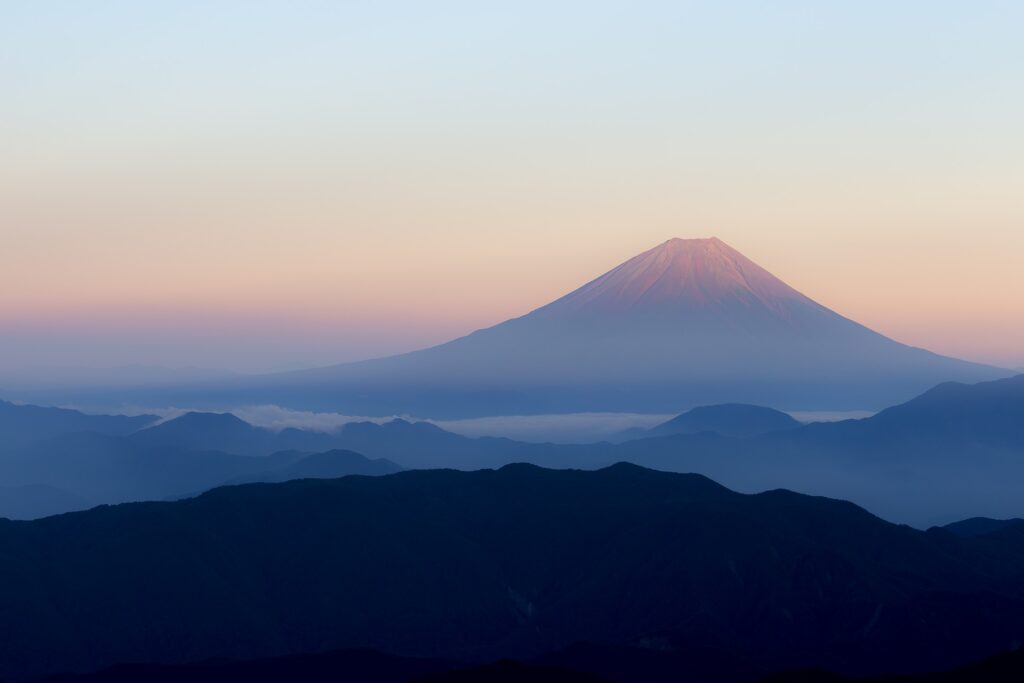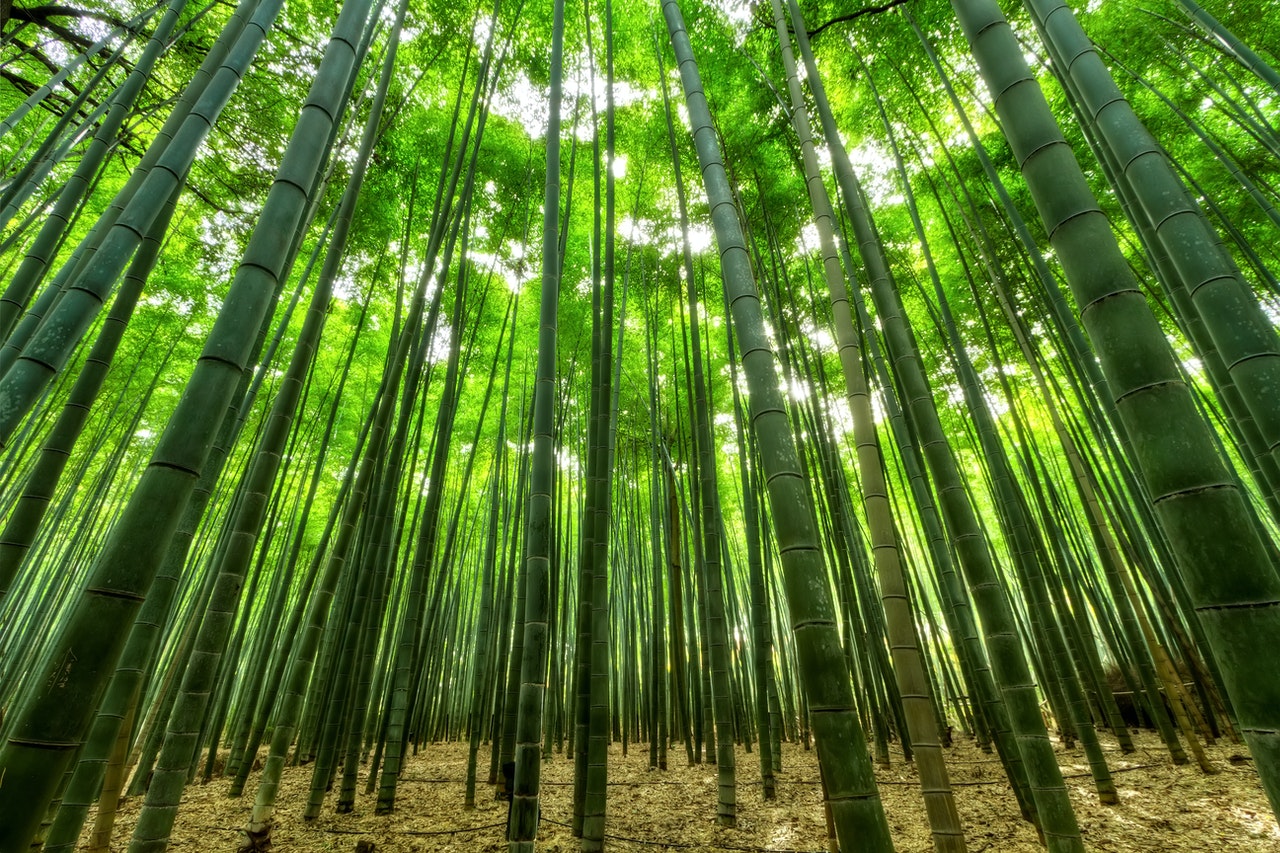 by
Lina Japanese Writer/Translator
by
Lina Japanese Writer/Translator
Bamboo forests are mysterious, solemn, and represent beautiful oriental scenery. Bamboo’s appearance often raises the question: Is it a tree or a grass? Many are unaware that bamboo even has flowers.
Here’s what you should know about the fascinating ecology and history of bamboo before visiting Japan.
Bamboo forests are abundant in Japan. Bamboo, known for its strength and vigour, can grow over a metre in a day. Due to its durability and flexibility, bamboo serves as a material for Japanese bows, fishing poles, and baskets. Bamboo poles, being hollow, are versatile and used for various purposes like vessels, blowpipes, and flutes. The traditional Japanese martial art, Kendo, employs bamboo swords, known as “竹刀” (‘shinai’: 竹 = bamboo, 刀 = sword).
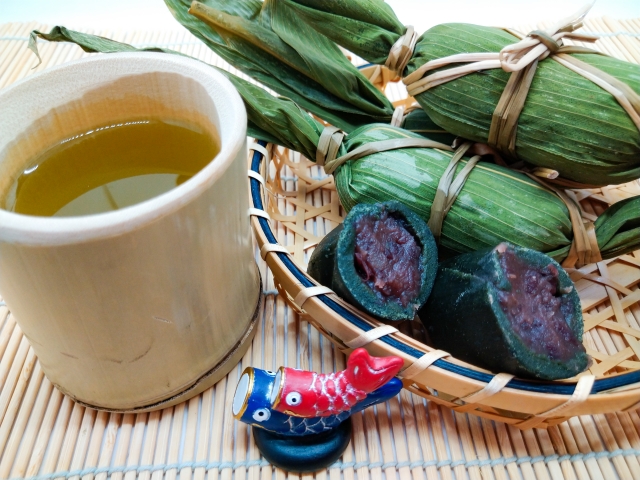
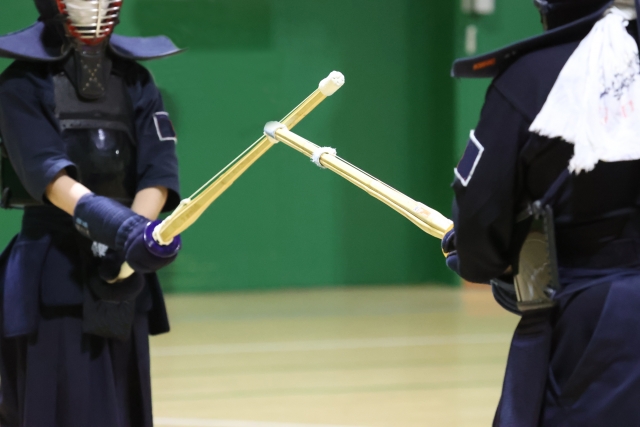
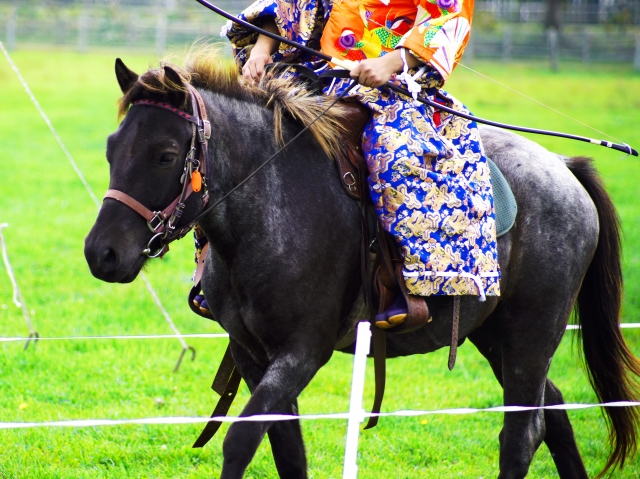
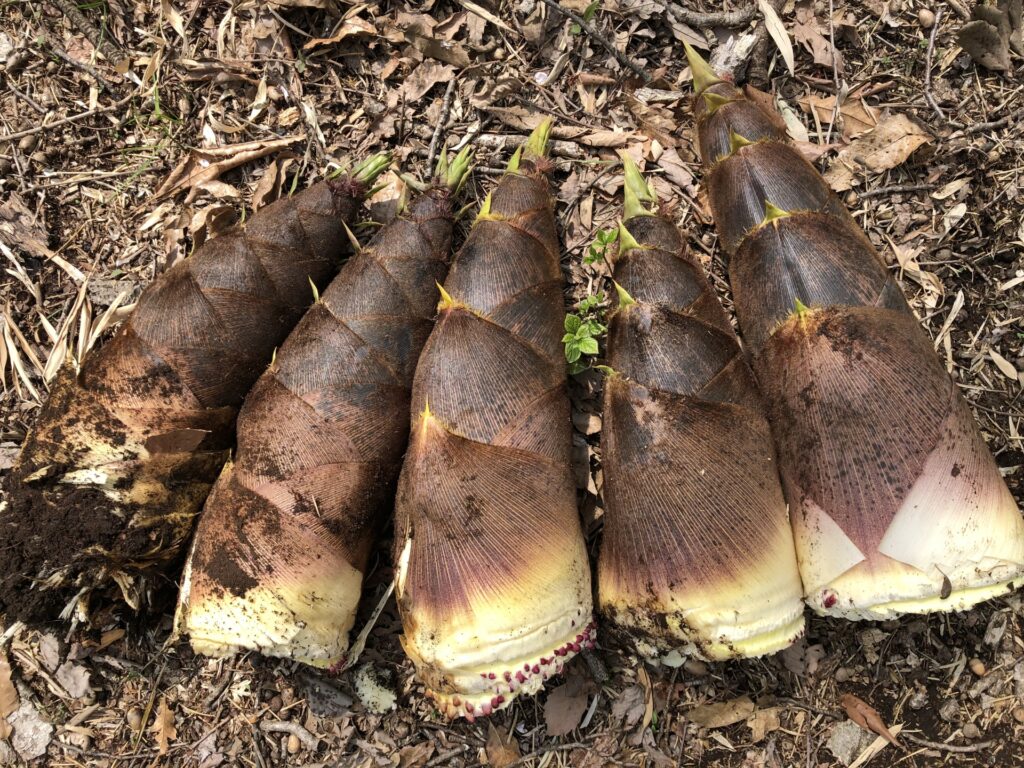
Bamboo has long been intertwined with the Japanese way of life.
The oldest fictional story in Japan is “The Tale of the Bamboo Cutter” (Taketori Monogatari/竹取物語). It tells of an old man who earns his living by cutting bamboo and crafting tools. One day, he discovers a radiant bamboo stalk. Inside, he finds a beautiful baby girl. This girl, Kaguya-hime (Princess Kaguya), grows into an ethereal beauty, attracting the attention of five noble princes. However, Kaguya-hime sets impossible challenges for each suitor. Eventually, even the emperor proposes to her.
The exact date of “The Tale of the Bamboo Cutter” remains unknown, but it was established by the mid-10th century.

Whilst bamboo trunks and leaves are tough and inedible, the shoots are edible. Kagoshima prefecture, my hometown, boasts the largest bamboo forest area in Japan. Growing up, I played in these forests and often enjoyed digging bamboo shoots, which are buried deep in the ground, making their extraction akin to a ‘treasure hunt’ for children.
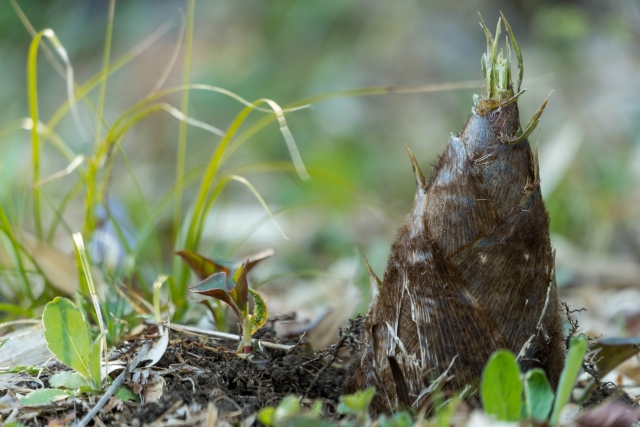
Bamboo forms forests by spreading its underground stem. Bamboo forests spread by asexual reproduction, similar to the way potatoes grow and spread, so the bamboos in a forest are all the same individual from a genetic point of view. In other words, the bamboos in a bamboo forest are all identical clones.
Therefore, when bamboo makes flowers, all the bamboos make flowers at the same time like one tree makes flowers. Then, like most grasses, after flowering and sexual reproduction, the whole of the bamboo forest dies. Bamboos flower in spring, but extremely infrequently – once every 60 to 120 years, depending on the species of bamboo.
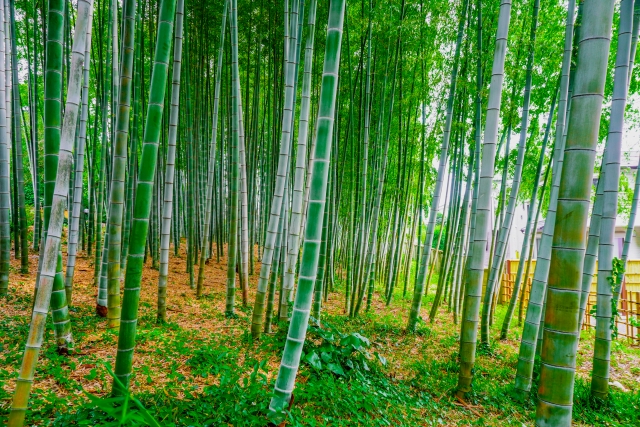
Returning to our initial question: Is bamboo a tree or grass? Typically, plants with thick, woody stems are termed trees, whilst those with flexible stems are grasses. Tomatoes and aubergines, for instance, have woody bases. In warm greenhouses using hydroponic farming, tomatoes can grow into massive trees.
Bamboo, though not thick-stemmed, is hard and can form vast forests. It possesses characteristics of both grasses and trees. Experts remain divided on its classification. However, terms like ‘tree’ and ‘grass’ are human-made distinctions. For instance, whilst the platypus is a mammal, it lays eggs. Does it consider itself a mammal whilst doing so?
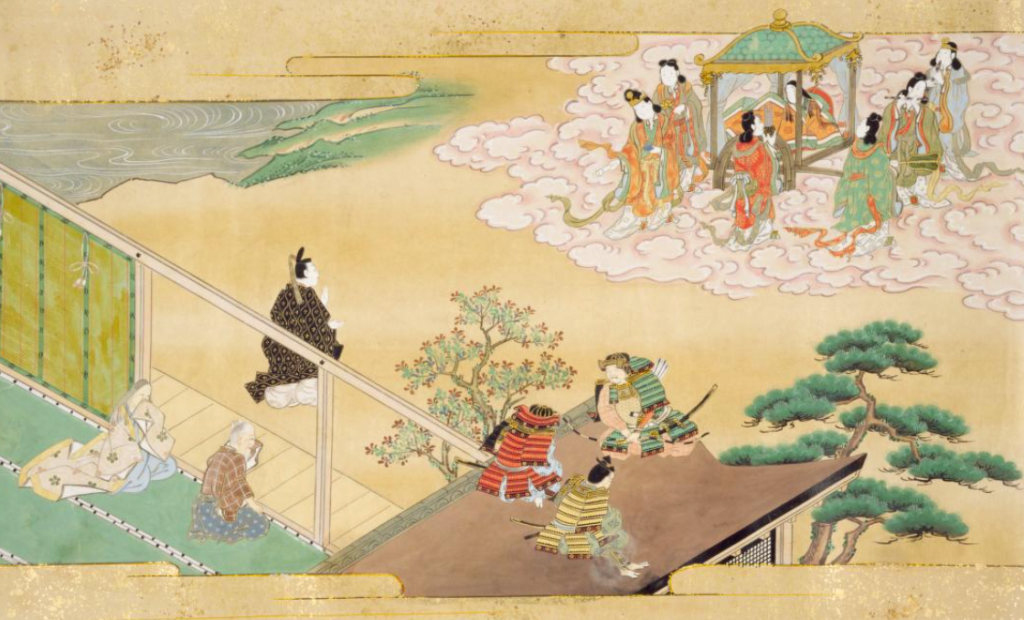
In “The Tale of the Bamboo Cutter,” Kaguya-hime declines even the emperor’s courtship, a proposal most women would covet. In truth, Kaguya-hime hails from the Moon. The Moon Capital’s residents are immortal, beautiful, and devoid of human emotions and desires. Yet, Kaguya-hime, whilst on Earth, grows fond of the kind old man and dreads their impending separation. Celestials arrive to escort her back. Before leaving, she gifts the emperor a “medicine for immortality (Fusi-no-Kusuri)” and a poem. Once adorned with the “heaven’s robe of feathers,” Kaguya-hime’s earthly affections fade, and she returns to the Moon.
The emperor was terribly grieved by the fact that Kaguya-hime ascended to the Moon. He gathered his retainers and asked them which mountain was closest to heaven. One said it was the mountain in Suruga Province. The emperor remarked, “Since I will never see Kaguya again, why do I need the medicine for immortality?” He ordered the medicine to be burnt on the highest mountain.
Following the emperor’s command, the strongest men (士) were gathered to climb the mountain, atop which the Medicine for Immortality was burnt. The smoke ascended to the sky and never ceased. The mountain became known as the Mountain of Immortality (ふし, fusi) – Mount Fuji (富士, ふじ, Fuji).
